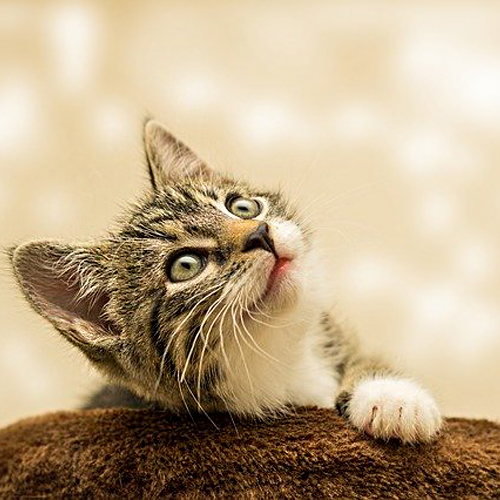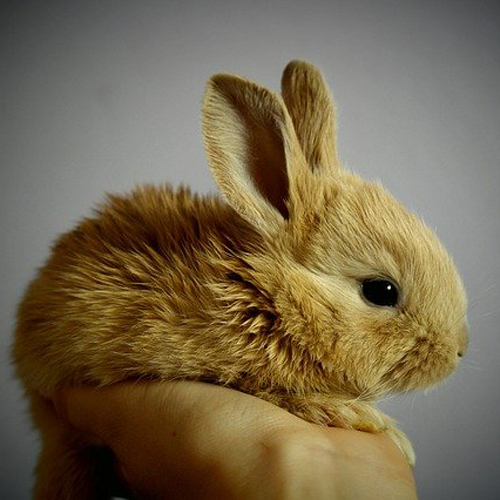The Science of Cuteness
The springtime makes me think of baby animals. Have you seen any baby geese waddling single file behind their proud mama yet? Do you get that warm fuzzy feeling when you look at puppies, baby panda bears, or bunnies? It turns out that there is a science behind cuteness. I took a fascinating class on Animal Behavior in college, and I remember learning about the characteristics of cuteness. Recently, I came across an article in Science Focus Magazine that refreshed my memory on the subject. I’ve summarized the article below.
It turns out that we see baby animals, including humans, as cute for a reason. Babies need to be taken care of, but as all parents know, caregiving takes a lot of effort! This is especially true for human babies, who are born much more helpless than most other animals.
We humans have developed an emotional response to our young which provides another source of motivation to take care of them. We tend to have a similar emotional response when looking at other baby creatures. Scientists must have known that cuteness would be a highly debatable subject, so they developed a cuteness rating system.
As you might be able to guess, chubby cheeks, big eyes, round faces, high foreheads, and small noses and mouths increase a baby’s cuteness factor. Sounds and smells can also trigger the same brain response.
How do we know? By doing studies where we put people into a special MRI machine that can show scientists which parts of the brain become active when people are shown pictures. (As a side note, regular MRIs only take snapshots of what that part of the body looks like at the instant the picture is snapped and does not show us what the body part looks like in action.) When people were put into this special MRI and shown pictures of adult faces, the part of the brain that is known to respond to faces, the fusiform face area, became active.
However, when these same people were shown faces of babies, the part of their brain involved in emotion and pleasure, the orbitofrontal cortex, became active, along with the fusiform face area.
Now for two very interesting facts: 1) Puppies and kittens tend to score higher on the cuteness scale than humans! Why? Because humans have domesticated and bred animals over the thousands of years to look a certain way. We’ve bred them to have similar characteristics to babies! 2) Men and women have equal responses to cuteness. So much for the old wives’ tale that women find babies cuter than men. Men just don’t admit it as often!
You are not the only one who now knows about the science of cuteness. Notice all the puppies and kittens in commercials these days! Marketers have been using cuteness to sell products for decades.
Happy Spring!
Have a good week! Feel free to contact me with any questions.
Melissa Boylan, MD, FAAFP
Family Physician and Owner of Noreta Family Medicine






